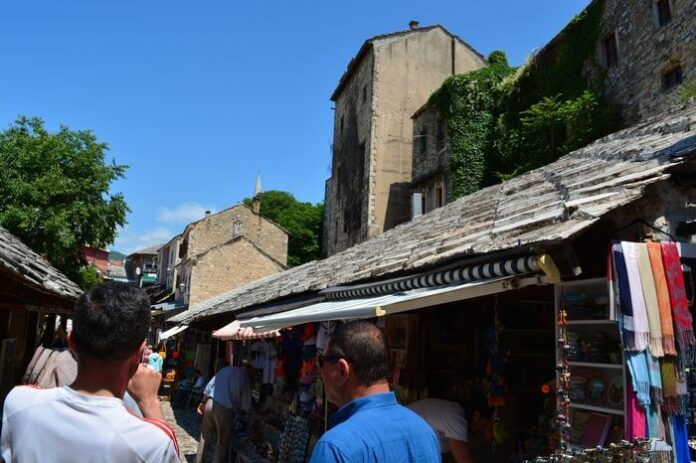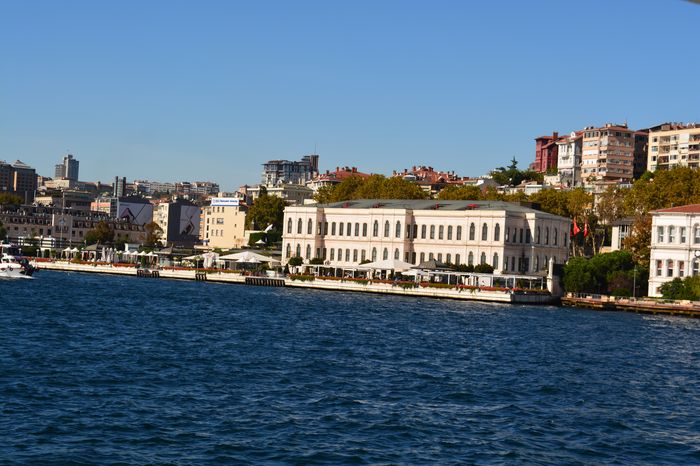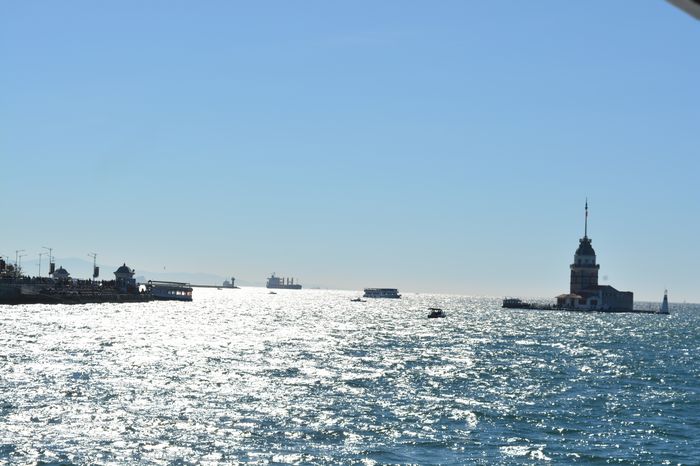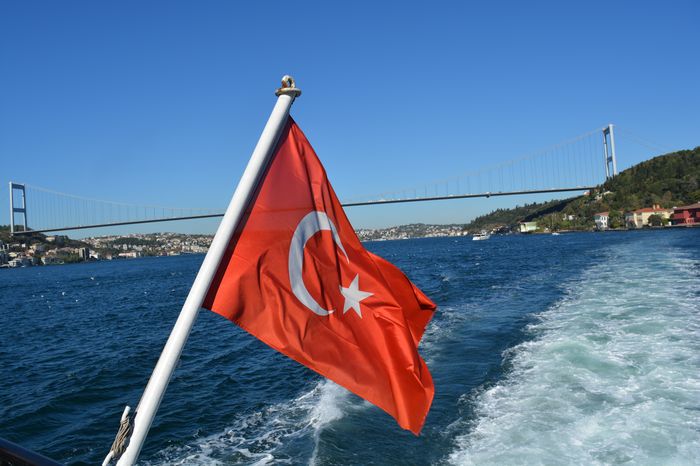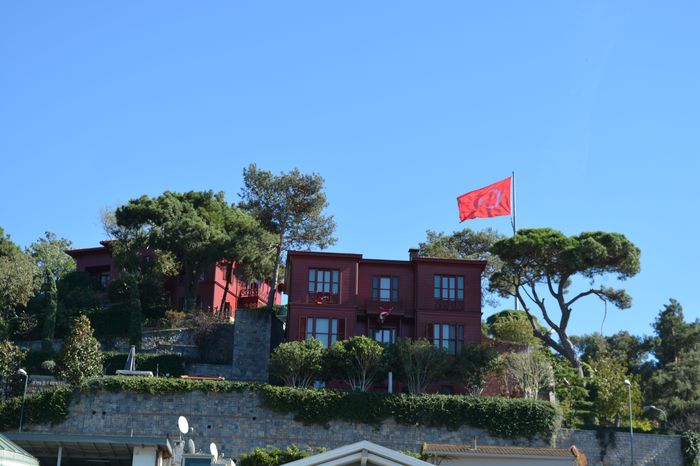The next section of the city walls to be examined begins with a tower bearing an inscription in honor of Emperor Isaac II Angelus. It ends at the point where the Wall of Heraclius meets the Wall of Leo. This entire part of the walls has gone through many structural changes over the centuries, making it difficult to fully understand today. Even among experts, there is still disagreement about how it originally looked and how it was used.
A Wall of Two Functions
In its early history, this portion of the wall likely belonged to the outer defenses of the Fourteenth Region of Constantinople. Later, it became part of the northwestern defenses of the Palace of Blachernae, a favored residence of the later Byzantine emperors. This transformation reflects the palace’s growing importance and the need to strengthen the area’s security The Palace of Blachernae in the Last Centuries of Byzantium.
Impressive Size and Structure
This stretch of wall is especially impressive in its size. In some places, it rises up to 68 feet above the ground outside the walls. The thickness of the wall varies between 3.5 to 6.5 feet. Inside the city, the ground level reaches the height of the parapet walk, allowing easy access for defenders.
The wall is supported by three towers. The second and third towers are built directly next to each other and share one wall. Behind these twin towers, and extending northwards, are the remains of three stories of twelve rooms, forming one of the most striking ruins in all the city’s fortifications Guided Turkey Tours.
The Tower of Isaac Angelus
The first of the three towers stands at the southwestern corner of the Palace of Blachernae’s fortification. It connects to the Wall of Manuel, which surrounds the western spur of the Sixth Hill. The top floor of this tower aligns with the level of the palace grounds.
On this tower is a stone inscription, which reads:
“Tower, by command of the Emperor Isaac Angelus, under the supervision of Basil (…), built in the year 1188.”
This inscription not only dates the tower but also shows the direct involvement of the emperor in strengthening the palace defenses.
The Massive Twin Towers and Counter-Fort
The twin towers beside the Tower of Isaac Angelus are among the tallest structures in the city walls. At their base is a large buttress or counter-fort labeled as G1, G2, G3, G4 in some architectural plans. This massive support rises about 23 feet above the ground and extends outward between 19.5 to 26 feet, providing extra strength to support the towering structure.
This part of the Blachernae walls, with its grand towers and mysterious history, offers a dramatic and imposing glimpse into the military architecture of late Byzantine Constantinople. While many questions remain unanswered, the Tower of Isaac Angelus and the twin towers behind it stand as a testament to the city’s rich imperial legacy and its long struggle to protect the heart of the empire.
